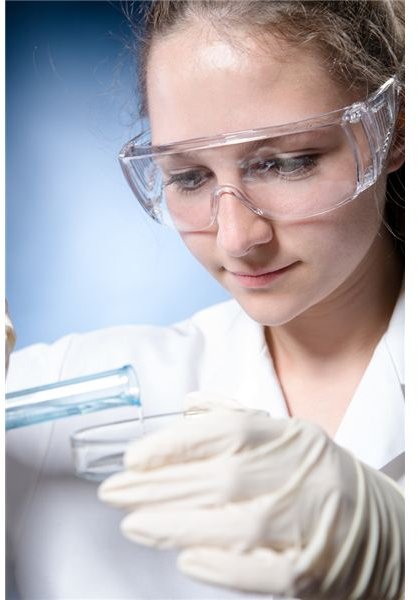Make a Scientific Journal for the Classroom: Student Project
Who’s a Scientist?
When students think of a scientist, they probably think of someone in a lab coat with a pocket protector full of different colored pens and thick glasses perched on the end of their nose. And while there are scientists that fit this description, there are just as many that don’t. Remind your students of this and discuss some of the more popular movie characters such as Bruce Banner and Mr. Fantastic.
Let students know that anyone can be a scientist and that students in their natural curiosity make the best scientists. Let them know that when we are younger we question what goes on in the world with fresh eyes. The key to being a good scientist is to be able to deal with the facts in existing and new ways. And no scientist could get by without a good journal.
Make a Scientific Journal
There are a couple of different ways to make a scientific journal. Some students may be happy with a simple composition notebook that they can carry around with them. Others may want a binder of some sort so that they can keep the different types of sciences divided. However, these can be clumsy to carry around. Follow the guidelines below to make a scientific journal that meets somewhere in the middle.
- Every student should have a 5 subject notebook that has dividing pockets.
- Each subject should be designated as biology, chemistry, physics, earth science or physical science unless there are other types that you as the teacher would like for them to use.
- Students should write-up 5 copies of the scientific method, one for each portion of their notebook.
Students should be made to understand that this journal is to be used for science experiments and observations only. As students perform experiments, they should number the various steps of the scientific method as well as numbering and explaining the steps of the actual experiment. The scientific method is provided below for your convenience.
- Observe
- Create a hypothesis
- Use the hypothesis to make predictions.
- Test the predictions
- Come to a conclusion.
This post is part of the series: Making a Science Experiment
Students who get involved in science via hands on methods not only develop more interest in science, but also have a better understanding of it. This series provides a variety of formats to guide students in developing that interest.
